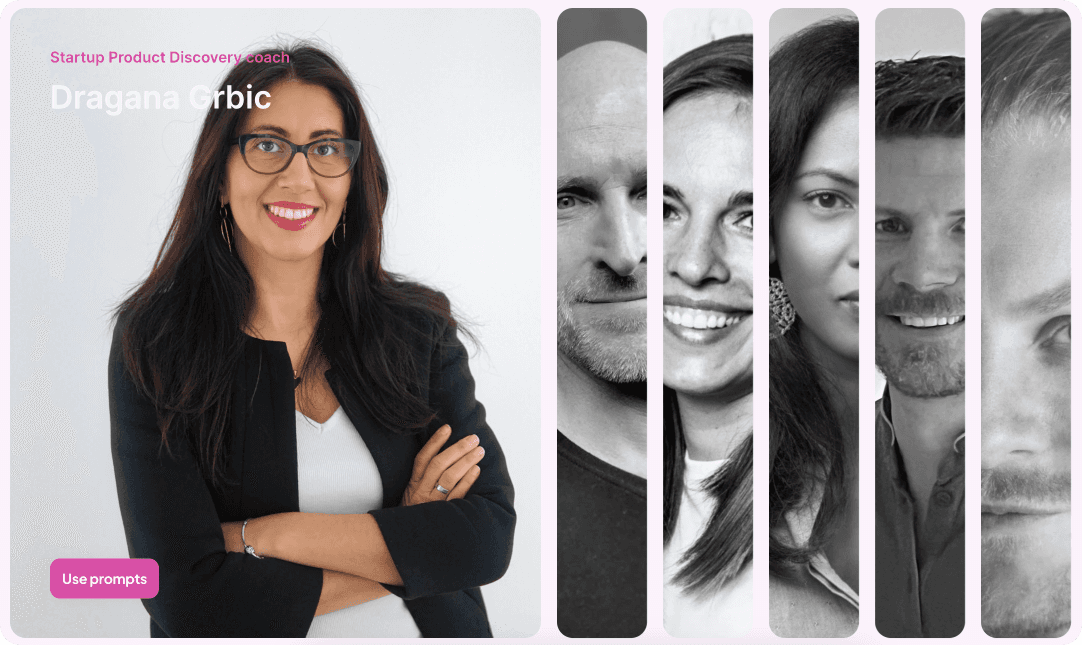Dec 7, 2023
Ronny Roeller
At meetups, my go-to question to every Product Manager & UX designer is this: "How much of your week do you actually spend with users?" The responses, while varied, consistently echo a sentiment of regret - "too little." When pressed for specifics, the average hovers around a modest 10%-15%, often prefaced with a wistful "in good weeks."
Wow!
The Reality Check
This revelation begs the question: If direct user engagement is minimal, what drives the product workflow? The answers, typically ranging from sales directives to C-level strategies, starkly contrast with the idealized Product Discovery process that champions extensive user research and analysis. This discrepancy between the ideal and the actual calls for a reassessment of our practices.
Get Real
It's time for a pragmatic shift in our approach. We must find ways to integrate real user evidence into our existing workflows. For instance, when sales teams propose new features, why not enrich these proposals with insights directly from our users? This not only validates the relevance of the features but also uncovers additional dimensions that could enhance user satisfaction.
However, integrating user evidence isn't without its challenges. Skeptics might point out the difficulty in harmonizing user feedback with fast-paced product timelines or limited resources. To this, I argue that the wealth of user data available today – from support tickets to Sales calls – facilitated by AI, offers a viable solution. AI can efficiently parse through extensive data, making the integration of user insights both practical and impactful.
Imagine a system where each ticket filed is not just a task but a repository of user insights. This shift would ensure that user needs are not merely an afterthought but a driving force in every decision, significantly enhancing the relevance and effectiveness of our designs.
Conclusion
It's time to embrace the real over the ideal. By adapting our methods to the realities of the work environment and leveraging available tools and data, we can ensure that our designs are truly informed by user needs and not just by internal directives. This shift will not only enhance the effectiveness of our work but also bring us closer to the true essence of product design: creating experiences that resonate deeply with users.
Let's pave the way for a more user-centric future in UX design!
PS: If you want to try out our take on Flipping the UX flow, you can sign up for free here: www.nextapp.co



